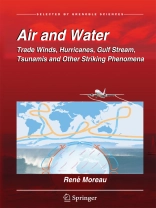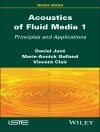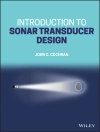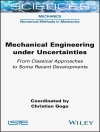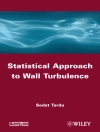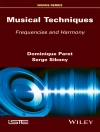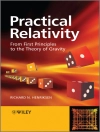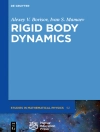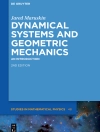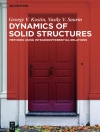Air and water are so familiar that we all think we know them. Yet how difficult it remains to predict their behavior, with so many questions butting against the limits of our knowledge. How are cyclones, tornadoes, thunderstorms, tsunamis or floods generated — sometimes causing devastation and death? What will the weather be tomorrow, next week, next summer? This book brings some answers to these questions with a strategy of describing before explaining. Starting by considering air and water in equilibrium (i.e., at rest), it progresses to discuss dynamic phenomena first focusing on large scale structures, such as El Niño or trade winds, then on ever smaller structures, such as low-pressure zones in the atmosphere, clouds, rain, as well as tides
and waves. It finishes by describing man-made constructions (dams, ports, power plants, etc.) that serve to domesticate our water resources and put them to work for us.
Including over one hundred illustrations and very few equations, most of the text is accessible to readers with no more than high-school science and who are at ease with quantities such as the temperature of a fluid or the pressure within such a medium. Beyond the primary audience of engineers, teachers, and students, the book is thus also addressed to walkers, hikers, navigators, and all nature lovers.
Inhoudsopgave
The atmosphere at rest.- The atmosphere in movement.- The vagaries of the atmosphere.- Heavier than air, how can they fly?.- The tranquil sea.- The sea that we see dancing.- Rivers and streams.- Lakes, dams, and major works.- Epilogue.- Appendix: Instabilities and turbulence.- Glossary.- Index.
Over de auteur
René Moreau is emeritus professor at Grenoble Institute of Technology, a member of the French Academy of Sciences, and a member of the French Academy of Technology. He is a recognized specialist in the field of fluid mechanics, notably in magnetohydrodynamics, and the author of several books and more than 150 other publications on these subjects. This book was born of his desire to share his love of nature and of his wonderment of the phenomena it displays. As he says in the prologue: In essence, I hope to give the reader feeling that I am telling a beautiful story and of transmitting a sense of my awe and wonder of it all. From 1990 until 2012 he was the Series Editor of the Fluid Mechanics and Its Applications Bookseries, http://www.springer.com/series/5980
